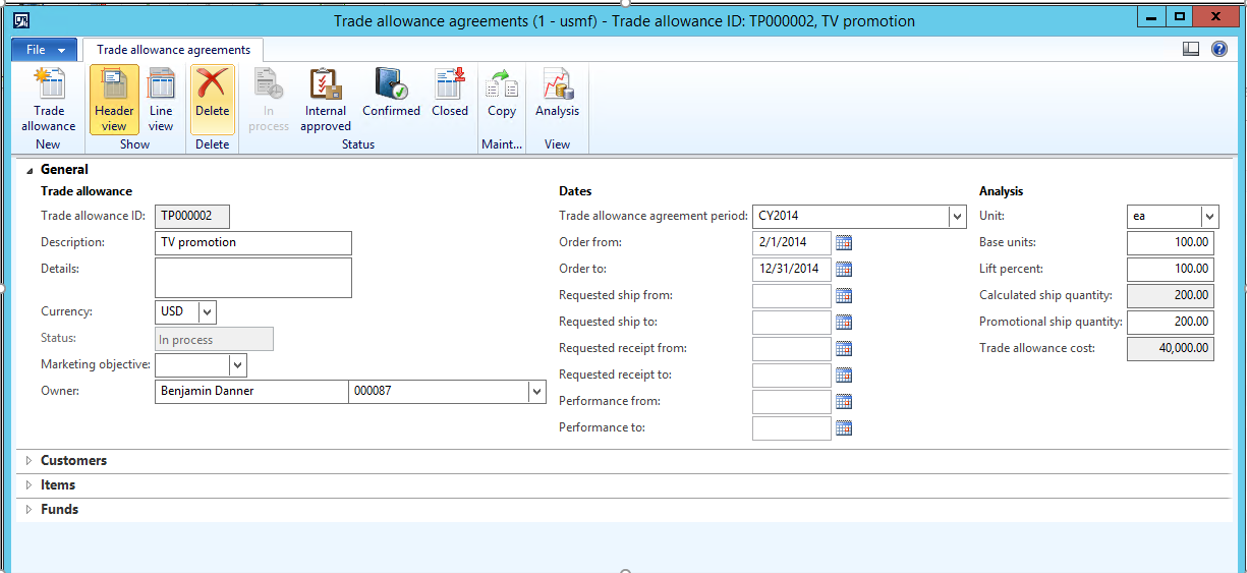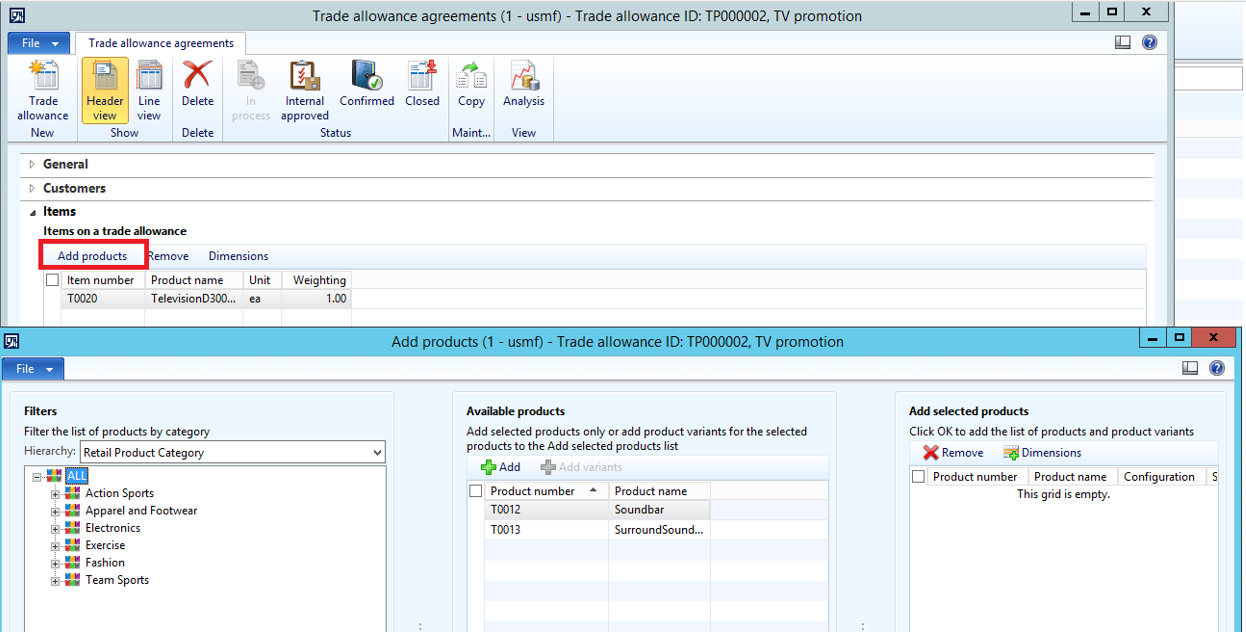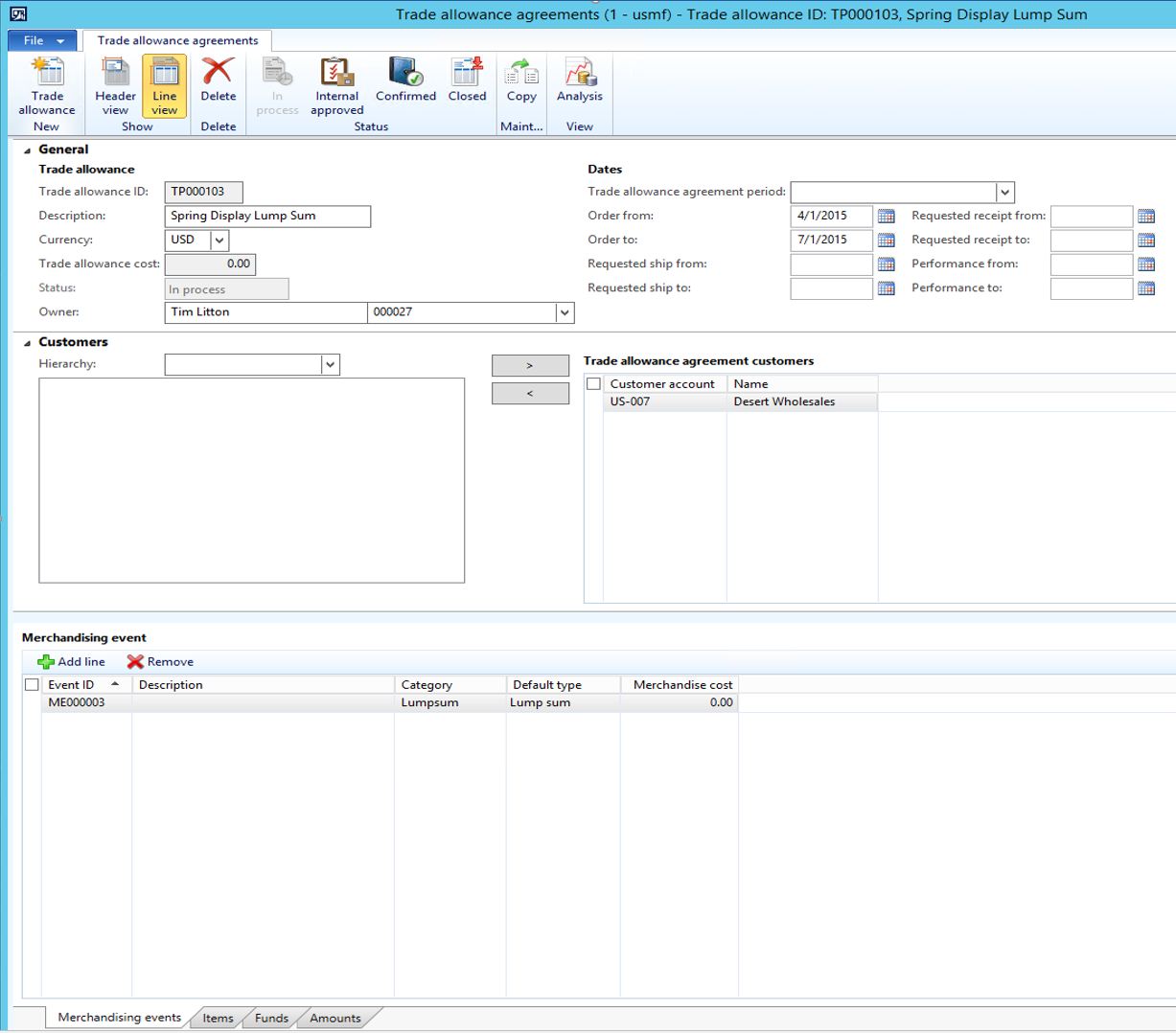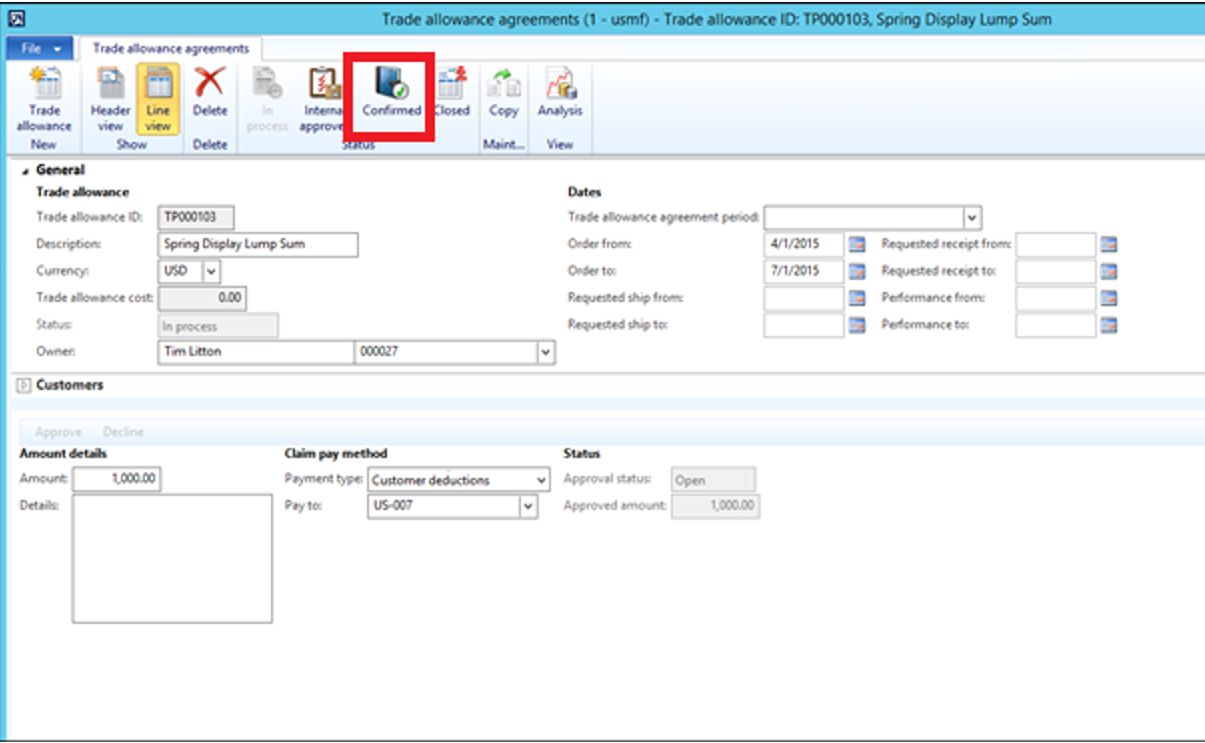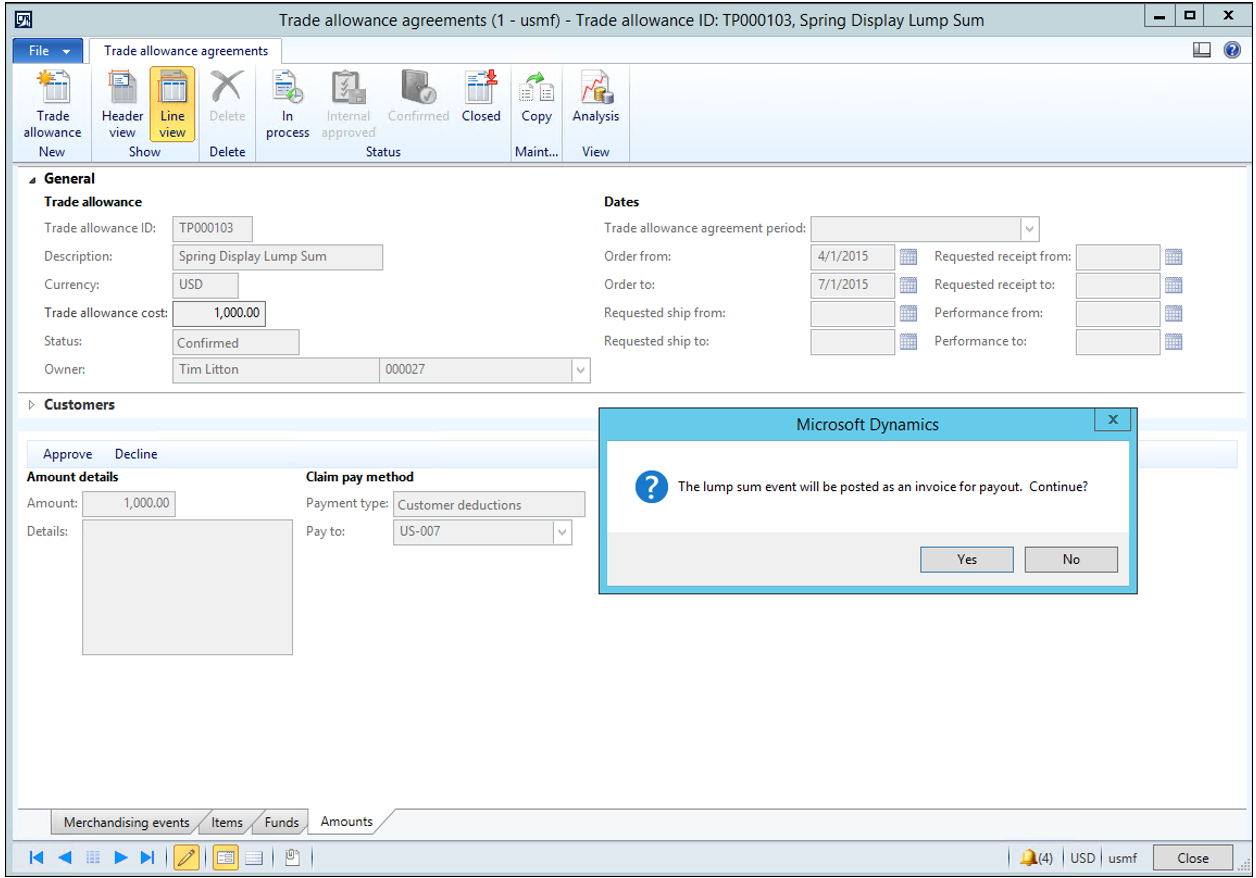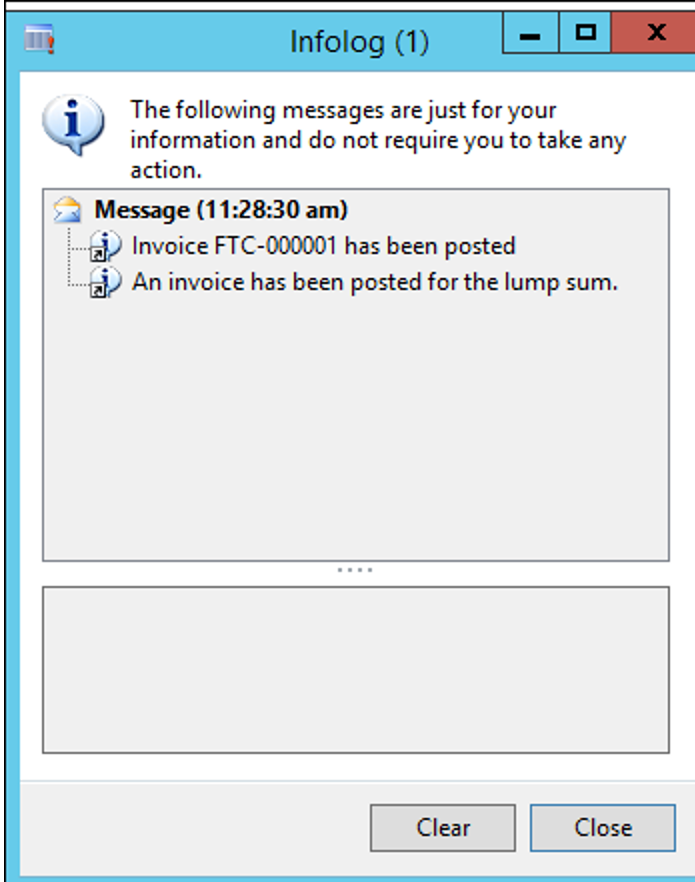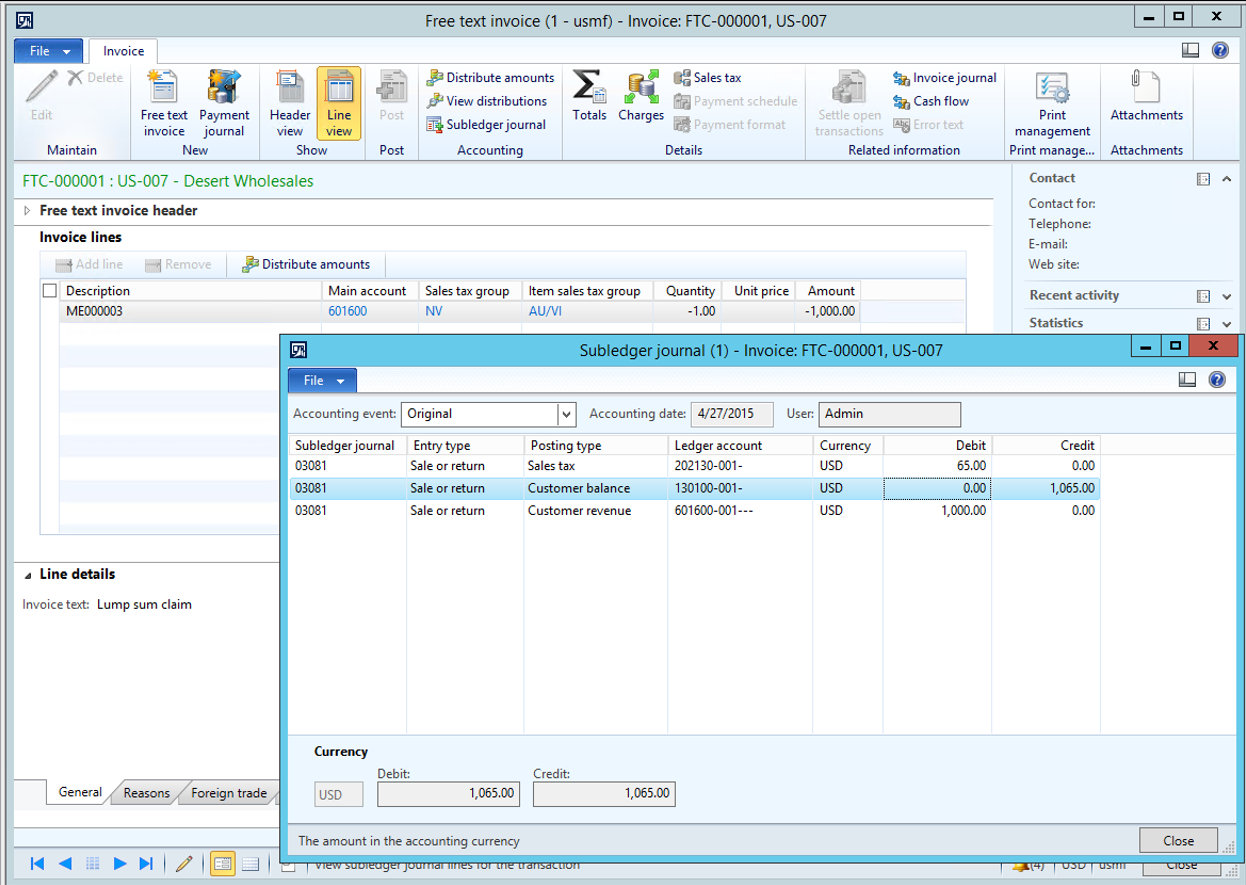Trade Allowance Management Blog Series – Trade Allowance Agreements for Lump Sum
In this blog, I will be discussing Trade Allowance Agreements and specifically the Lump Sum setup on the Trade Allowance Line.
A trade allowance is similar to a monetary reward where the customer is paid based on their performance during the promotion and sales of an agreed upon item.
Trade Allowance Agreement Header Setup
The trade allowance agreement form includes both a header and a line view. The header view contains fields which affect the entire agreement.
Trade allowance management > Common > Trade allowance agreements
Show > Header view
General Fast Tab:
Trade Allowance section:
Marketing objective: If the trade allowance is used to meet a marketing goal when promoting products, select the Marketing objective (Trade allowance management > Setup > Marketing objective)
Status: Display the status of the trade promotion as it passes through different stages of approval.
- In Process: the trade promotion is in the process of being created
- Management Approved: management had decided to accept the details of the trade promotion
- Customer Approved: the customer has accepted the details of the trade promotion. This is the status that makes the trade promotion active.
- Closed: a promotion has been completely executed and all payments have been authorized and approved. No further activity can take place against this promotion
Date section:
The only required Date fields are the Order from and Order to.
Analysis section:
The analysis subsection on the general fast tab contains key fields that define quantities and costs used for the promotion evaluation, quantities of products sold to the selected customers before the promotion is specified in the base unit field.
The only required Analysis field is Unit. All items on the trade allowance must match or convert to the unit selected.
Calculated ship quantity is calculated based on the lift percent, which is a planned target increase for the promotion in question.
Customers Fast Tab:
Hierarchy: Select and view customer group setup as pre-defined hierarchies, and then pick the entire hierarchy or selected accounts as targets for the allowance agreement in question.
Items Fast Tab:
Add one or more items to the promotion based on the Hierarchy that is selected in the Add products form.
Funds Fast Tab:
Select the fund for the promotion. In the Event cost allocation % field, enter the percentage of event costs that will be taken from the fund.
If multiple funds are specified, the total percent of all funds would add up to 100%.
Trade Allowance Agreement Line Setup
Trade allowance agreement lines are used to define the merchandising events. Once the trade allowance goal and funds are defined, merchandising events can be designed and applied to the agreement.
Trade allowance management > Common > Trade allowance agreements
Show > Line view
General Fast Tab:
This is identical to the General tab entered on the trade promotion header and includes the Trade allowance and Dates section
Customer Fast Tab:
This is identical to the Customer tab entered on the trade promotion header
Merchandising event Fast Tab
This is the amount to be paid when the terms of the trade promotion are met.
There are three different types of discounts that can be given on a trade promotion. The discount depends upon the category.
- Lump Sum: A promotion which requires the customer to perform a type of merchandising activity, such as a specific advertising campaign, putting up displays, etc. It is not based on incoming sales orders directly. When the requirements of the promotion have been met, a lump sum of money is given to the customer.
- Bill back: Throughout the life of this promotion, discounts will be calculated based on discount terms of incoming sales orders. At specific times, claims are generated to be approved for payment to the customer. Reimbursement is given after purchase.
- Off invoice: The discount is given during the pricing of an order that meets all of the promotion criteria. Taken at the time of order and automatically deducted before the customer makes a payment. No Reimbursement necessary.
Lump Sum
Lump sum merchandising events are meant to be paid after services are rendered. Below is an example of a Lump Sum Scenario:
A vendor requests that one of its suppliers runs an ad for a specific product. The goal is to increase sales on the product.
The customer approves the proposed lump sum reimbursement for providing advertising services. The ad runs and is provided to the vendor. The vendor authorizes for services rendered, and the agreed lump sum is reimbursed to the supplier.
On the Trade Allowance there is a Fund setup to pay a lump sum of 2,000.00 to Desert Wholesales for promoting item D0001.
Fund is setup with a Budget of 2,000, Customer Desert Wholesale, and item MidRangeSpeaker
The Trade Allowance Agreement is for 4/1/2015 – 7/1/2015
Customer: Desert Wholesale
Item: MidRangeSpeaker
Select Share>Line View to add the Lump Sum
The Item and Funds tab at the bottom will default information from the Header view.
Select the Amounts tab to add the Merchandise cost
Payment Type
Pay Using Accounts payable will create vendor invoices. In this case, you have to enter a vendor account into the pay-to field.
Customer deductions will credit the customer’s account. In this case, you have to select a customer account in the pay-to field. Used when claims are to be paid to a Sell-to customer, i.e. the Order Account
Invoice customer deductions will credit the Invoice customer assigned to the customer (Customer Invoice and Delivery fast tab). You have to select a customer account in the pay-to field. Used when claims are to be paid to the Bill-to customer, i.e. the Invoice Account for the Customer
In this example, I will select Customer Deductions and select customer Desert Wholesale.
Note, the Status field is greyed out. In order to change the Status, you must click Confirmed in the Header.
Once Confirmed, the Approve button will be available
Once the service is complete, click the Approve button and a message will ask about creating the Lump sum as an invoice for payment.
Click Yes
During the deduct phase, a free text invoice is created with a negative amount. The invoice is registered as a deduction.
An Infolog will display stating that the invoice has been posted for the lump sum.
Check to see that the Free Text Invoice was created for the Lump Sum
Accounts receivable > Common > Free Text Invoices > All Free Text Invoices
Select the Free Text Invoice that was created and expand the Line details Fast Tab to verify the Invoice Text field is populated with Lump sum claim. The amount is -1,000.00 and you can see the Subledger credits the Customer balance and debits the Customer revenue. The Customer revenue account
defaults from Trade Allowance parameters for the Lump Sum Expense Account.
In Customer Transactions for Desert Wholesale, you can see that the Credit Memo Voucher (Deduction) was created. The Deduction can be used later for matching when the customer deducts amounts from their payments.
